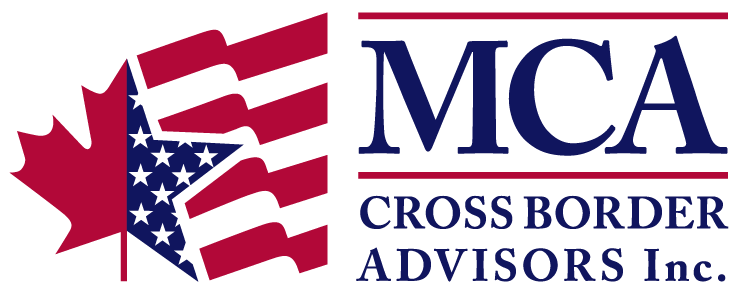Moving Back to Canada with US Stock Options
Employee stock options have become an increasingly popular form of compensation, especially for start-ups and tech companies in Canada and the US. They are designed to be mutually beneficial to employees and employers.
A stock option gives an employee the right to purchase a specified number of shares of their employer at a stated price (often referred to as the strike or exercise price) during or after a stated period of time (the vesting period). The employee benefits if the market price of the employer’s stock increases in value over time, at which point they will be able to purchase the stock by exercising the option at the lower strike price and sell it for a gain.
In the US, the most common type of stock option is called a nonqualified stock option (NSO). When NSOs are exercised, the difference between the strike price and the market price at the time of the exercise is reported as employment income rather than capital gain income for US tax purposes. (Note that if you live in California or other states that have state income tax, you also need to report and pay applicable state taxes when exercising an NSO.)
For example, let’s assume a US citizen or resident working for Amazon receives stock options as part of their employment compensation. Let’s further assume this individual exercises their stock options at a market price of $2,738 USD and a strike price of $2,000 USD. The difference between the fair market value and the strike price ($738 USD) would be reported as employment income for US tax purposes in that year.
From a cross-border tax perspective, if an employee moves back to Canada with unexercised US stock options, they can find themselves paying tax twice. That is because Canada will tax the entire benefit if the stock options are exercised at the time the individual is a Canadian resident even if the stocks were granted prior to the start of Canadian residency.
Let’s look back at the example of the Amazon employee. Let’s assume this employee is a US citizen who relocates to Ontario with unexercised stock options. A couple of months later, they exercise their stock options. Because that individual is now a Canadian resident, they must report their income of $738 to CRA. Since that employee is also a US citizen, they must also report this income on their US tax return.
Luckily, foreign tax credits (FTCs) can protect such individuals from double taxation. The Canada/US Tax Treaty also provides some relief by allocating the employment benefit, based on the number of days of employment, in each jurisdiction.
However, Canada will not grant a step-up in the cost basis of unexercised employee stock options. It is therefore advisable for an individual who plans to return to Canada to exercise their stock options prior to their return so they can achieve a step-up in cost basis of the stock, which can lead to significant tax savings in Canada.
If you are planning a move back to Canada and you have unexercised stock options, we strongly recommend that you consult a cross-border tax professional to avoid potential tax traps and to identify tax-savings opportunities.
